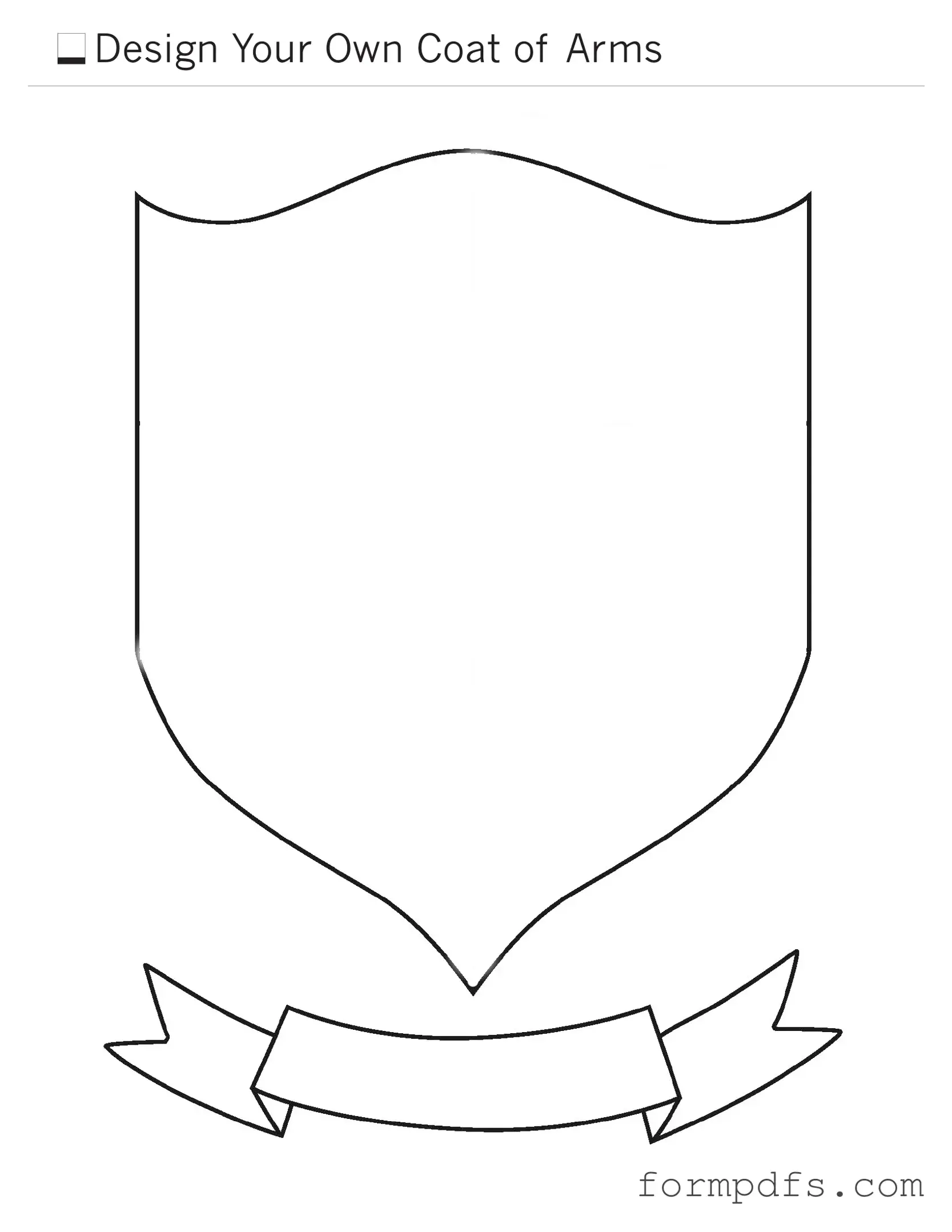What is a Coat of Arms form?
A Coat of Arms form is a legal document used to request the creation or registration of a personal or family coat of arms. This form typically includes details about the individual or family seeking the coat of arms, including their name, lineage, and any specific symbols or colors they wish to incorporate. It serves as an official record of heraldic design, which can be important for family heritage and identity.
Who can apply for a Coat of Arms?
Generally, anyone can apply for a coat of arms, but the process may differ based on jurisdiction. In many cases, individuals with a recognized lineage or noble ancestry may have a stronger claim. However, modern applications allow individuals and families to create their own unique designs, regardless of their background. It’s essential to check the specific rules and regulations of the heraldic authority in your area.
What information do I need to provide on the form?
The Coat of Arms form typically requires personal information such as your name, address, and contact details. Additionally, you may need to provide information about your family history, including names of ancestors and any existing coats of arms in your lineage. You will also be asked to describe your desired coat of arms, including symbols, colors, and any mottos you wish to include.
How long does the process take?
The time it takes to process a Coat of Arms application can vary widely. After submitting your form, it may take several weeks to several months for the heraldic authority to review your application. Factors influencing the timeline include the complexity of your design, the thoroughness of your application, and the current workload of the authority. Patience is key during this process.
Are there fees associated with applying for a Coat of Arms?
Yes, applying for a Coat of Arms usually involves fees. These can include application fees, design fees, and costs for any official documentation or certificates issued. The amount can vary significantly depending on the heraldic authority and the specifics of your application. It’s advisable to review the fee schedule provided by the relevant authority before submitting your application.
What happens after my Coat of Arms is approved?
Once your Coat of Arms is approved, you will receive official documentation confirming your registration. This may include a certificate and a description of your coat of arms. You are then entitled to use your coat of arms in various contexts, such as on family stationery, in legal documents, or for personal branding. It’s a proud symbol of your heritage and identity that can be passed down through generations.
